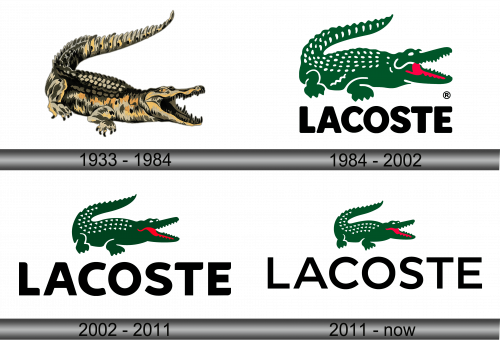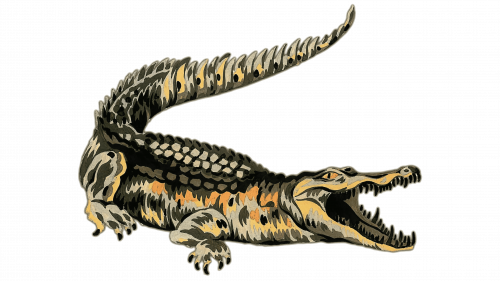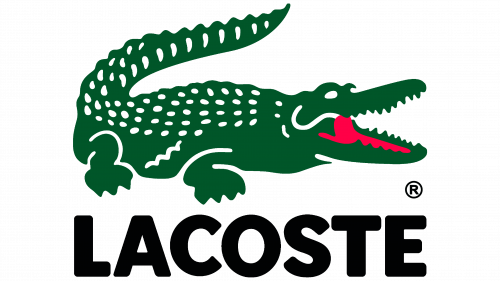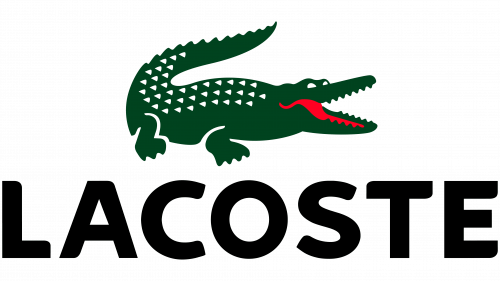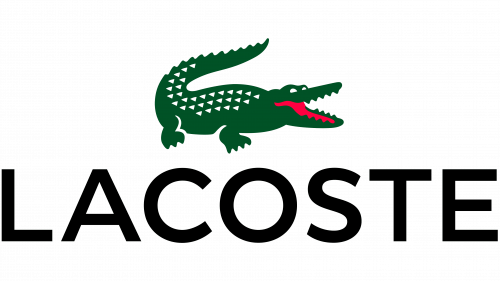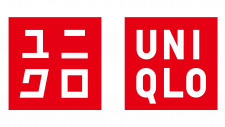Lacoste Logo
Lacoste is a renowned French clothing and accessories company known for its sportswear and casual fashion. It specializes in producing high-quality polo shirts, sneakers, and other apparel. Lacoste has a global presence with a focus on markets in Europe, North America, and Asia. The company is privately owned and managed by the Lacoste family.
Meaning and history
Lacoste, the iconic French clothing brand, has a rich history that dates back to its founding in 1933 by tennis player René Lacoste and André Gillier, the owner and president of the largest French knitwear company at the time. The brand is known for its signature crocodile logo, which was one of the first designer logos in history.
Invention of the Tennis Shirt: René Lacoste, a successful tennis player, felt that the traditional tennis attire of the time was uncomfortable. He decided to create a short-sleeved, piqué cotton shirt that would allow better movement on the court. This shirt, known as the “tennis shirt” or “polo shirt,” became one of Lacoste’s most iconic creations.
Birth of the Crocodile Logo: The crocodile logo, which is now synonymous with Lacoste, came into existence in 1927. René Lacoste was often called “The Crocodile” by fans due to his tenacity on the tennis court. He embraced the nickname and had a crocodile embroidered on his blazer. In 1933, the crocodile logo was incorporated into the brand’s first tennis shirt.
Expansion Beyond Tennis: Lacoste’s tennis shirts gained popularity not only among tennis players but also in the world of fashion. The brand expanded its product line to include various sportswear and casual clothing, becoming a symbol of preppy style.
Change of Ownership: In the 1960s, René Lacoste sold the Lacoste brand to Izod (later known as Izod Lacoste) in the United States. This allowed Lacoste to enter the American market and further expand its global reach.
Diversification and Licensing: Over the years, Lacoste diversified its product offerings to include footwear, accessories, fragrances, and eyewear. The brand also engaged in licensing agreements to extend its reach into different product categories.
Return to Family Ownership: In the 2000s, the Lacoste family regained control of the brand, buying back the Lacoste shares from various companies. This marked a return to its roots as a family-owned business.
Modernization and Global Presence: Lacoste continued to evolve its designs while maintaining its classic and timeless appeal. It expanded its presence globally, with a strong presence in Europe, North America, Asia, and other regions.
Sustainability Initiatives: In recent years, Lacoste has also made efforts to incorporate sustainability into its practices, using eco-friendly materials and adopting sustainable manufacturing processes.
Today, Lacoste remains an iconic and globally recognized brand, known for its classic sportswear and the enduring popularity of its crocodile logo. It continues to innovate in fashion while staying true to its heritage.
1933 – 1984
In the initial rendition, an authentic portrayal of a crocodile is depicted. It features brown-hued skin adorned with grayish-orange markings and intricate black shading. Noticeably, the tail is adorned with pointed protrusions, and the creature’s mouth is conspicuously agape.
1984 – 2002
In 1984, the French brand introduced a logo featuring a vibrant green crocodile with a distinctive red mouth. Positioned just below the image of the creature is the bold, capitalized text “Lacoste.”
2002 – 2011
Following the turn of the new millennium, the design team made adjustments to the logo, reducing the size of the crocodile in relation to the text.
2011 – Today
The present-day emblem features the brand name inscribed in a slender sans-serif typeface.

